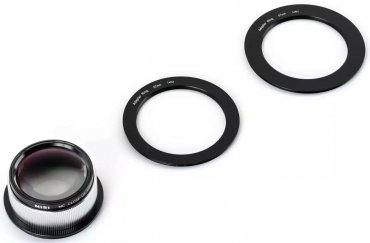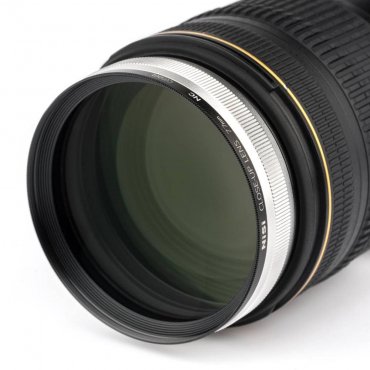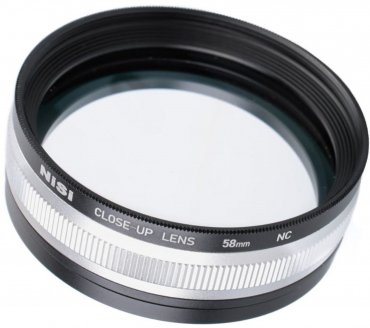Near lenses for an inexpensive and easy introduction to macro photography
Macro photography is an appealing discipline for many photographers. It depicts what the human eye would otherwise hardly notice: the fine hairs of a spider or the impressive eye of a dragonfly. But getting so close to the subject requires special equipment, because standard lenses only focus up to a certain distance, making macro photography simply impossible. This can be remedied by special macro lenses that allow a smaller close-up distance. However, they are correspondingly expensive and therefore not suitable for beginners who want to get a taste of macro photography. So-called close-up lenses are an inexpensive solution. Just like other optical filters, they are simply screwed onto the lens and reduce the minimum required distance to the subject. Accordingly, you can image the subject larger. Read on below to find out how to use the macro lens correctly and which aspects play a role when buying it.
How do close-up lens filters work?
A close-up lens filter works on the principle of a simple magnifying glass. These lenses come in many different diameters. They are screwed onto the desired lens through the filter thread and change the closest focusing distance as well as the possible magnification. The power of the close-up lens is given in diopters from +1 to +10. This is the reciprocal of the focal length. A diopter of +2 is equivalent to a focal length of half a metre, i.e. 50 centimetres. A dioptre of +4 would give you a focal length of 25 centimetres, and a dioptre of +3 would give you a focal length of about 33 centimetres. This would mean that you can approach the desired subject at a distance of up to 33 centimetres. However, this distance does not refer to the distance between the front lens and the subject, but to the distance between the sensor and the subject. This value depends on the focal length of your lens and is based on the distance setting "infinity2 on the lens.
What does the diopter value mean?
This list shows how the diopter value of the filters affects the shooting distance:
- Diopter value of +1 allows a distance of 50 to 100 centimetres
- Diopter value of +2 allows a distance of 33 to 50 centimetres
- Diopter value of +3 allows a distance of 25 to 33 centimetres
- Diopter value of +4 allows a distance of 19 to 25 centimetres
- Diopter value of +5 enables a distance of 16 to 19 centimetres
- Diopter value of +6 enables a distance of 14 to 16 centimetres
The macro lenses can be combined with each other as desired, whereby the diopters always add up. However, the aberrations will then also inevitably become more visible in the image. We therefore advise against using more than two close-up lenses on one lens at the same time.
Buying close-up lens filters - what to look out for
If you buy several close-up lens filters, make sure you choose the appropriate diopter values. With a set that consists of macro lenses with +1, +2 and +4 values, you can represent all diopter numbers from +1 to +6 by cleverly combining them. Sometimes there are also filters that contain two macro lenses per frame. This reduces aberrations, but drives up the price.
If you have lenses with different filter diameters and want to equip them all with macro lenses, you should buy the variant for the largest lens diameter. There are inexpensive adapters that reduce the filter thread of the close-up lens so that it can then also be used for smaller lenses. Also make sure that the close-up lens filters are of good quality to minimise the risk of image errors.
Overview: The most important pros and cons of macro lenses
The following list once again provides an overview of the most important pros and cons of close-up lens filters.
Advantages:
Low initial cost
Little space needed in photo bag
There are macro lenses to suit every lens
It is possible to use the filters close to or at the infinity position of the lens
Disadvantages:
A separate filter or adapter is required for each lens
Macro lenses are not optimally matched to the lens and its optical system
Chromatic aberrations are possible
Image quality suffers when multiple macro lenses are combined



Simply subscribe and benefit as a newsletter recipient every week: